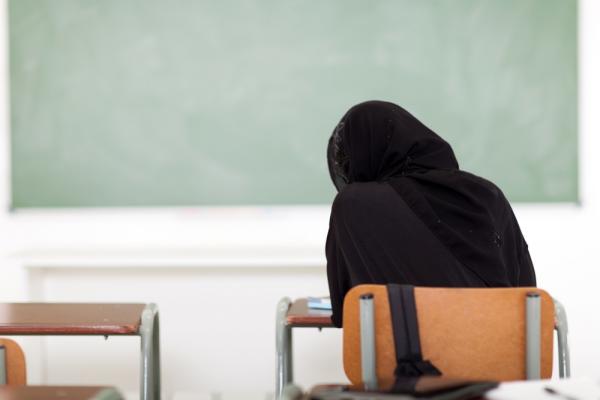Jun 5, 2019
Significantly, official restrictions on Muslim women’s dress don’t satisfy these basic requirements. From Belgium to Kazakhstan to Kenya, education is unavailable and inaccessible to students who choose attire that the government disfavors. If they are forced to pursue studies in private institutions with sometimes inferior resources, curricula, and instruction, then education is more likely to be unacceptable.
Read the Full Article

Already a subscriber? Login
